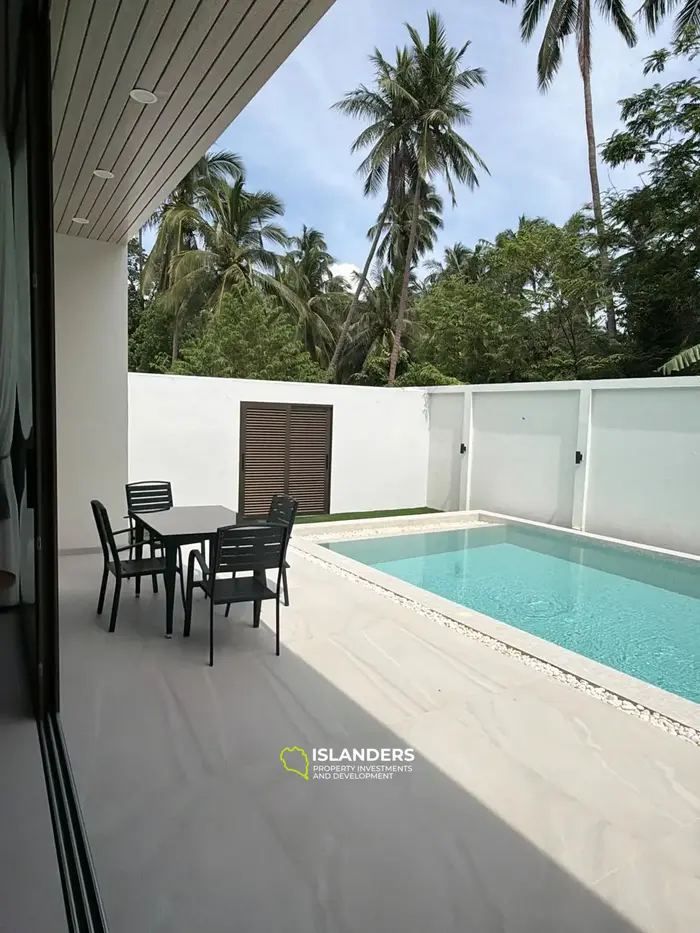The Gulf of Thailand: Geography, Ecology, Economy, and Tourism
Introduction
The Gulf of Thailand, also known as the Siam Gulf, is a warm, shallow gulf in the western part of the South China Sea. It borders Thailand, Cambodia, Vietnam, and Malaysia, playing a crucial role in economy, ecology, and tourism.
1. Geographic Location and Characteristics
The Gulf of Thailand is connected to the South China Sea through narrow straits.
- Area: ~320,000 km²
- Average Depth: 45 m
- Maximum Depth: ~80 m
- Water Temperature: 26°C – 30°C
2. Ecology and Marine Life
The Gulf of Thailand is home to diverse marine life but faces environmental challenges.
- Coral reefs around Koh Samui, Koh Phangan, and Koh Tao
- Rich fish biodiversity, including barracuda and clownfish
- Marine mammals: dugongs and pink dolphins
- Sea turtles: green turtles and hawksbills
3. Economic Importance
The gulf plays a vital role in the regional economy, providing income from fishing, energy production, and trade.
- Fishing industry: shrimp, squid, tuna
- Oil and gas reserves exploited by Thailand, Malaysia, and Vietnam
- Major ports: Laem Chabang, Bangkok Port, Sihanoukville, and Vung Tau
4. Tourism
The Gulf of Thailand is one of the world’s top travel destinations.
- Koh Samui – luxury resorts, nightlife
- Koh Phangan – famous for the Full Moon Party
- Koh Tao – a top scuba diving location
- Pattaya – nightlife and entertainment
- Phu Quoc – Vietnam’s top beach destination
5. Historical Significance
The Gulf of Thailand has been a major maritime hub for centuries.
- Ancient trade routes between China, India, and Southeast Asia
- Naval battles (16th-19th centuries) between Thailand and Vietnam
- Used by Japan in WWII military operations
Conclusion
The Gulf of Thailand is an essential economic and tourist hub facing environmental challenges. Sustainable tourism and responsible fishing are crucial for its future.





